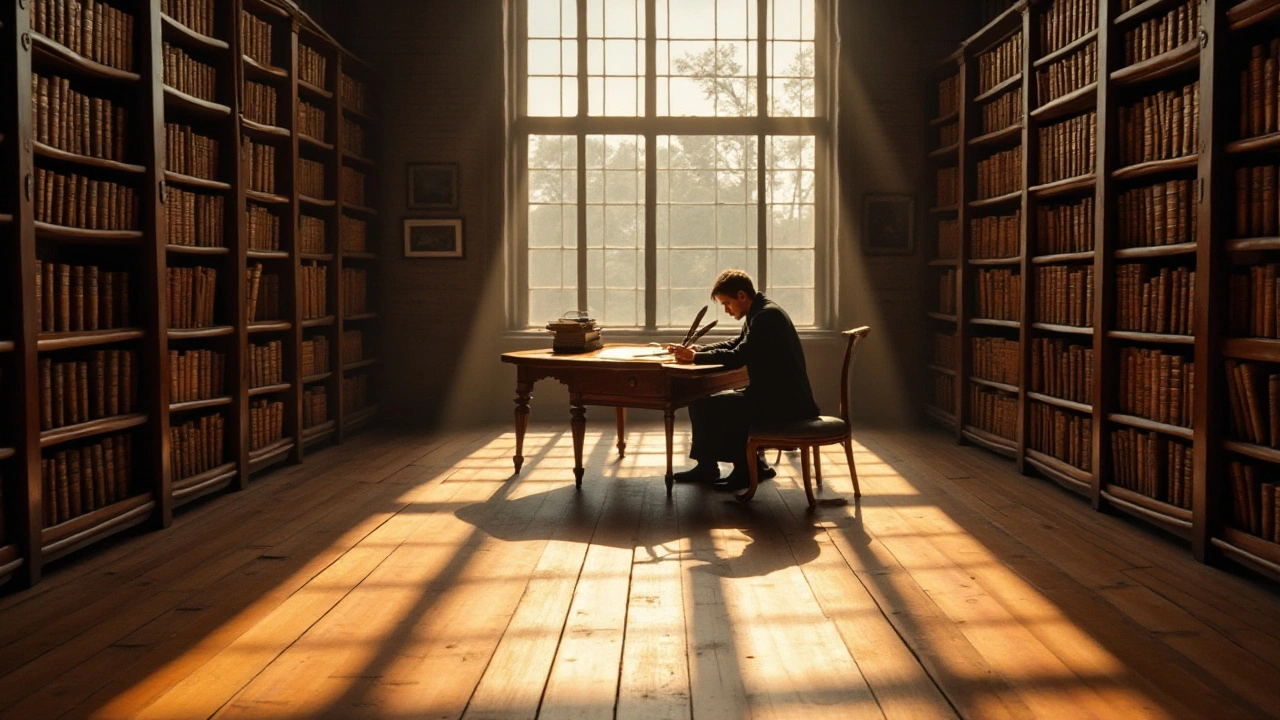Literary movements: how they shape storytelling and art
Literary movements are groups of writers and ideas that reshape how stories are told. They set rules, break rules, or blend with art and music. Knowing a movement helps you read smarter, write clearer, and spot influences in paintings, films, and design.
Some movements are clearly literary, like magical realism or the Harlem Renaissance. Others started in painting or performance but shaped books too, like futurism, expressionism, and avant-garde experiments. On this tag page you’ll find art and cultural posts that cross into literary territory.
How can you use this? Read one movement at a time. Pick a defining feature, like unreliable narration in magical realism or political pride in Harlem writers. Then spot that feature in a painting, a song, or a film. That trains your eye and deepens understanding.
Quick guide to key movements
Magical realism: ordinary life meets the strange. Look for small supernatural facts treated as normal.
Harlem Renaissance: art and writing that built a new Black identity in the 1920s. Expect jazz rhythms, proud voices, and scenes of city life.
Expressionism: raw emotion and bold images. Writers and painters push feeling over polished detail.
Futurism: speed, machines, and a taste for breaking the past. You’ll notice energetic language and tech-focused images.
Avant-garde/Fluxus: playful rule-breaking, performance, and chance. These experiments blur art and life.
How to use movements in your work
Pick one movement and copy a small habit. If you like magical realism, add one surreal detail to a real scene. If Harlem Renaissance moves you, write about a place that hums with music and history.
Compare art forms. Read a short story then look at a painting from the same era. Note shared themes, rhythms, or colors. That comparison reveals how writers borrowed from painters and vice versa.
Use movements in curation. When grouping works for a show or a blog, pick a strong angle—identity, speed, or rebellion. A clear angle makes diverse pieces feel connected.
Want fast reading picks? Start here: our posts cover magical realism, Harlem Renaissance, futurism, Bauhaus crossovers, and expressionist ideas in art. Each article gives examples and quick takeaways.
Dip into the tag to read posts that bridge literature and visual art. Bookmark ones that spark ideas and return when you need quick inspiration.
Identify tiny signals: repeated colors, a focus on cities, non-linear time, or spoken rhythms in dialogue. Jot one or two of those signals while you read or visit a gallery. Over time you’ll build a mental map of how movements speak.
Annotate with purpose. Mark phrases that show impatience or wonder. Circle images in paintings that echo those feelings. Those small notes turn casual viewing into analysis you can use in writing or teaching.
Want a starter list? Read our posts on magical realism, Harlem Renaissance, and expressionism first. Then try a cross-post on Bauhaus or Fluxus to see visual-literary links. If you write, pick one movement and write a 300-word scene using its key trait. Repeat weekly and watch your style shift.
Follow this tag for fresh posts and quick examples you can use right away.

